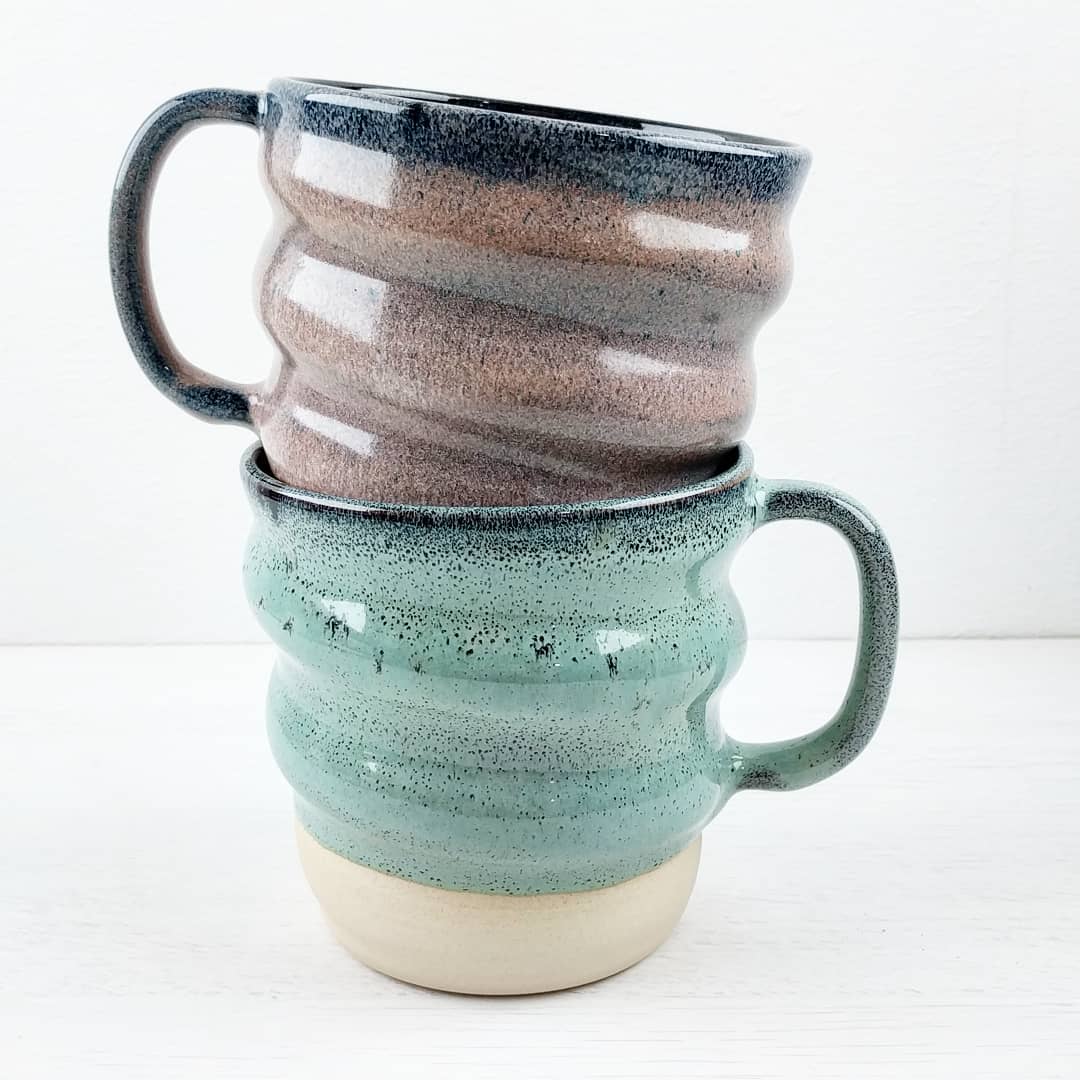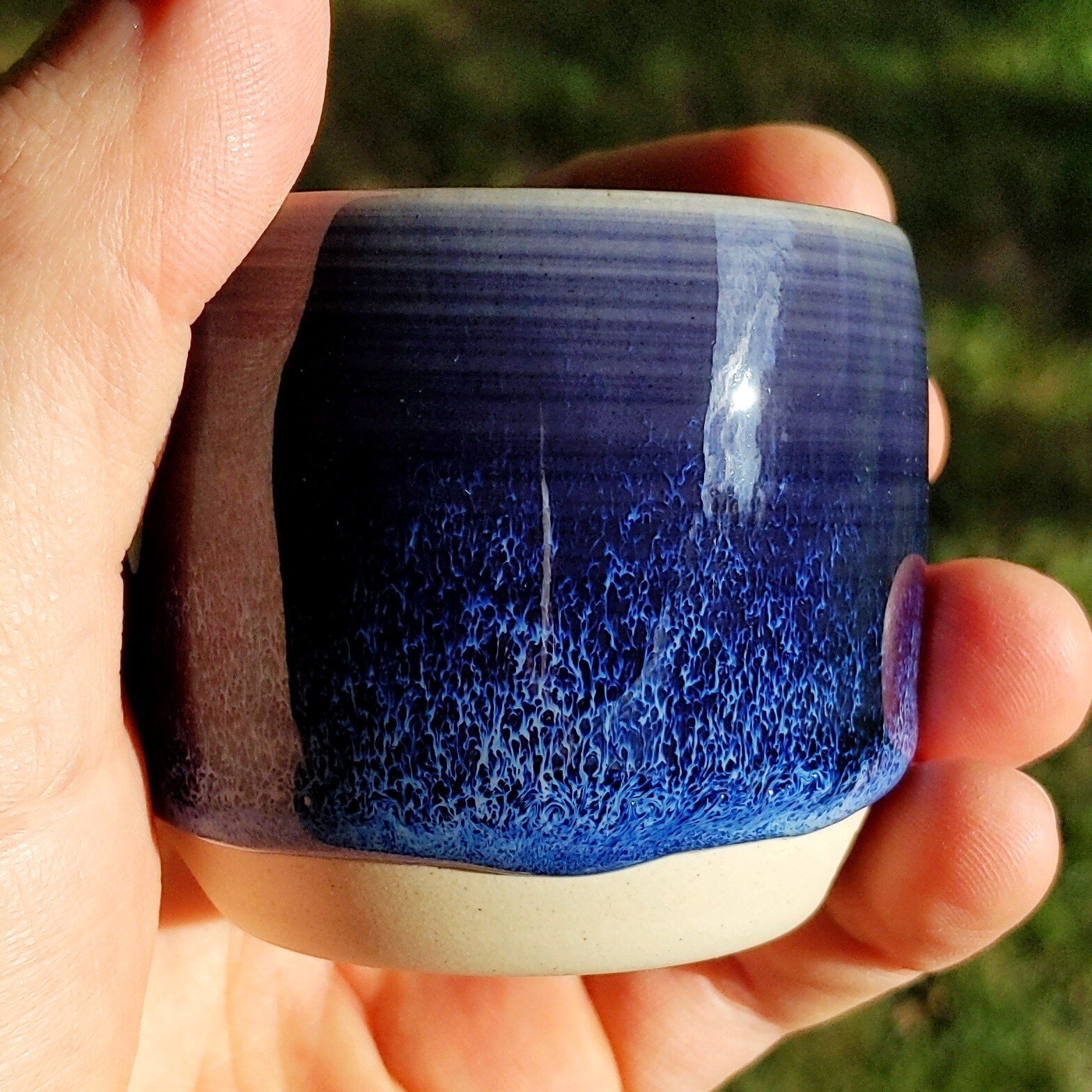What's so special about frit 3269?
I recently got sent a bag of frit 3269 by Ryan (from Midnight Ceramics), who’s an even bigger glaze nerd than me, and I wanted to explain what makes it so interesting.
First, I’ll quickly run through some basic glaze concepts. For more detail on these I highly recommend taking a Ceramic Materials Workshop class.
Cone 10 glaze bases have 4 basic components: one or more Alkaline Metal flux, one or more Alkaline Earth flux, Silica, and Alumina. Cone 6 glazes have to bring the melting temperature down, and typically this is with the addition of Boron. The common Boron sources bring at least one Alkaline Earth flux with them. This is important as the AE flux selection is one of the main things that affects how the colourants behave, and typically at cone 6 you automatically have a reasonable amount of Calcium (and sometimes Magnesium) from the Boron source.
So, what makes 3269 special is that it has basically no AE flux. This means you have complete control over the AE flux selection. You might have seen my previous post on Floating Blues, which showed some of the changes that tweaking the AE flux proportions can have on the glaze appearance, but here is the result of using the same glaze proportions with purely Strontium:
The recipe can be found on Glazy or here:
Frit 3269 - 30%
Silica - 30%
Strontium Carbonate - 25%
EP Kaolin - 15%
+ Rutile - 4%
+ Bentonite - 2%
+ Manganese Dioxide - 2%
+ Cobalt Carbonate - 1%
The chemistry is basically the same as my usual Floating Blue but the appearance of the glaze is totally different, and this is down to the AE flux change.
There’s no guarantee that changing the AE flux will change the colour, and definitely no guarantee that it will improve a glaze. But having more control over glaze chemistry is never a bad thing. You could use this frit with Calcium and end up with exactly the same chemistry as recipes using other frits, but you have the freedom to change the flux to whatever you want.
I’ll add more recipes as I test them. I don’t have any Barium at the moment, but will be getting some to see what colour changes are possible with that as the sole AE flux.
If you like this sort of content and want to support the creation of more, I now have a Patreon specifically for it or a page on my website if you just want to make a single donation.









